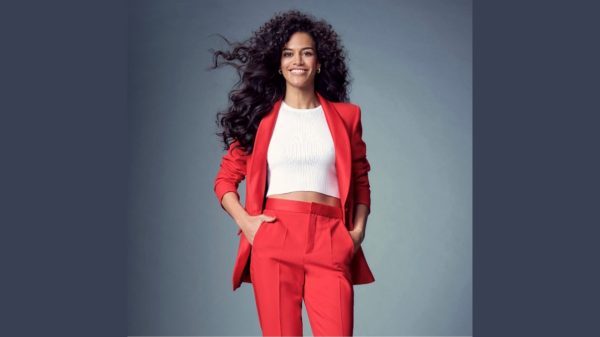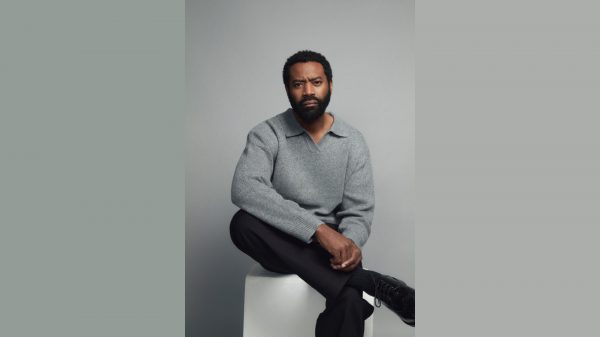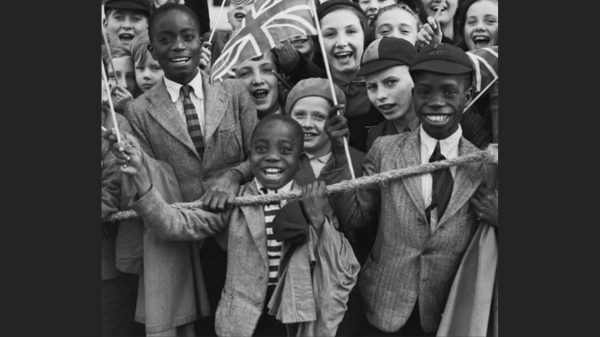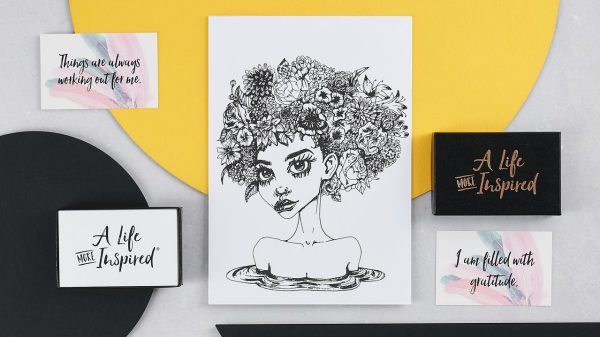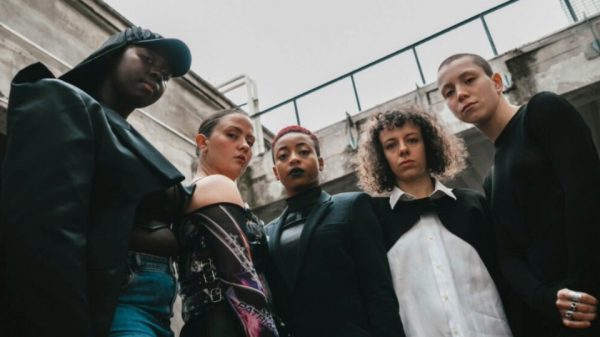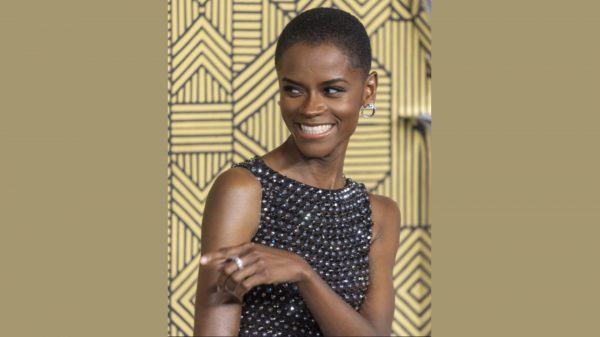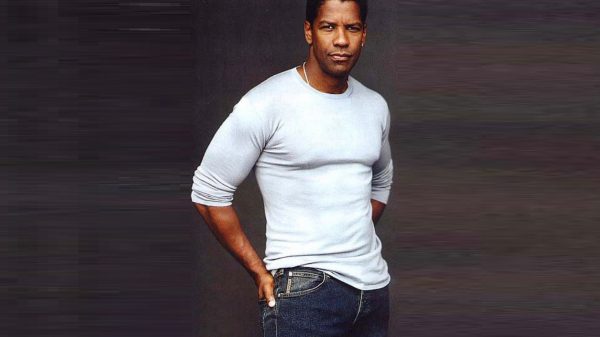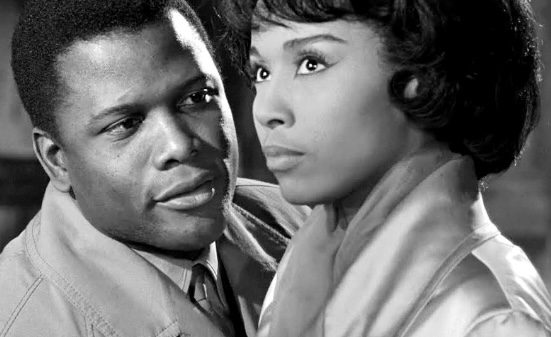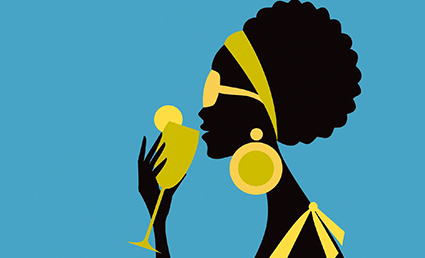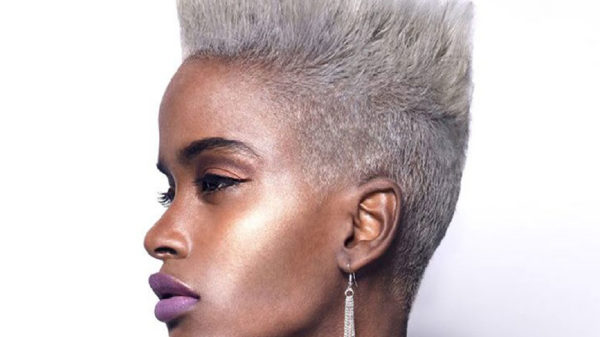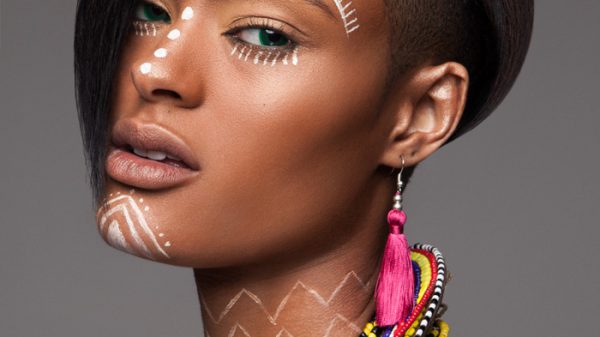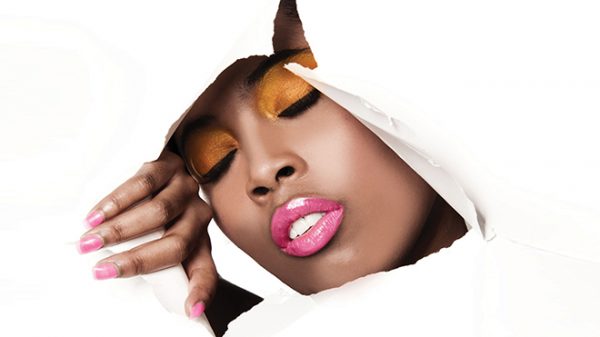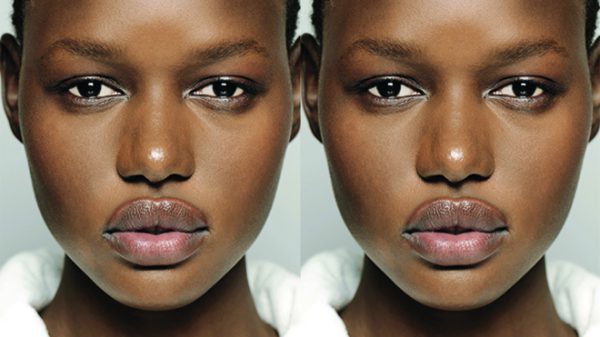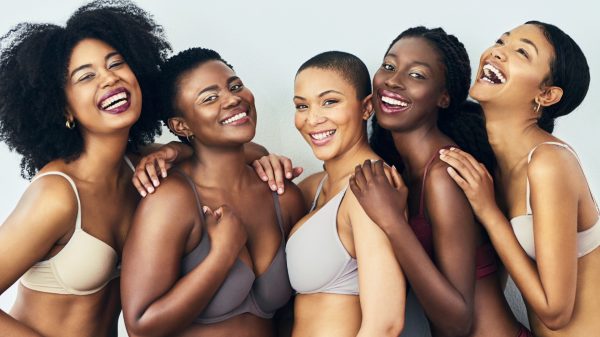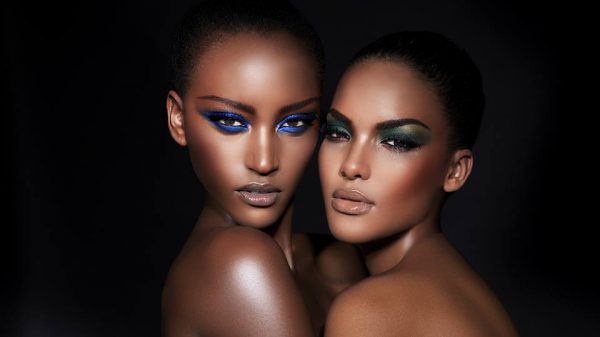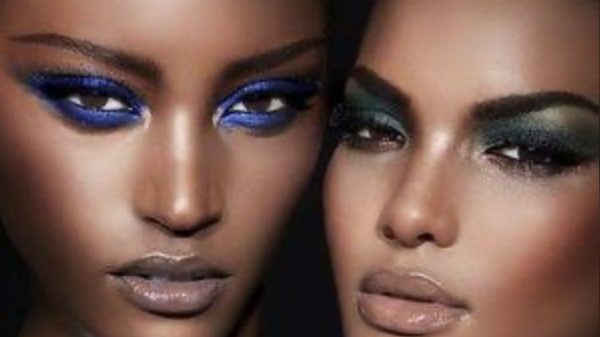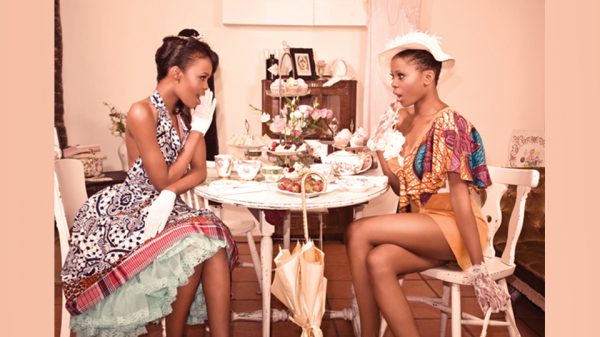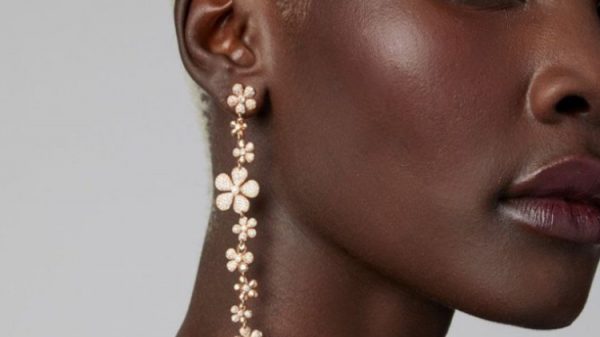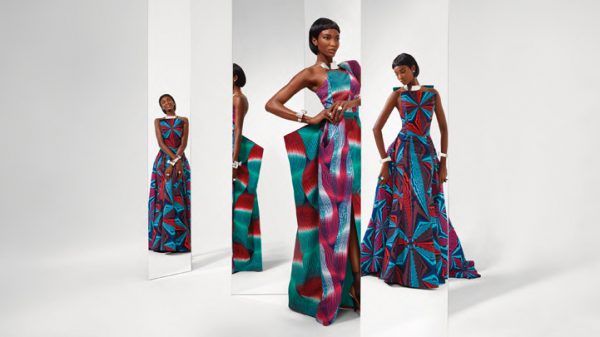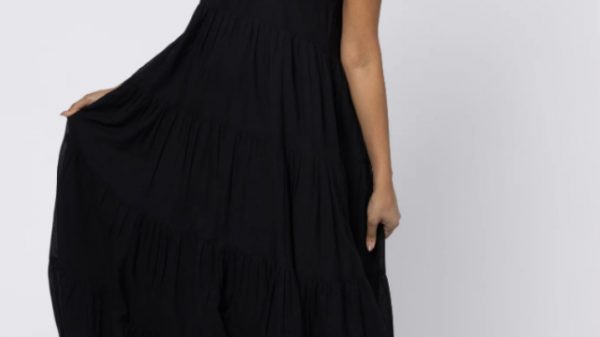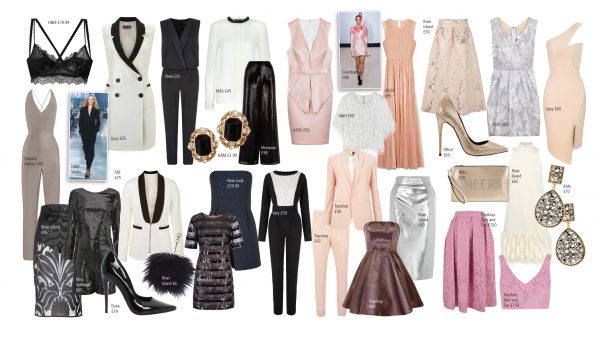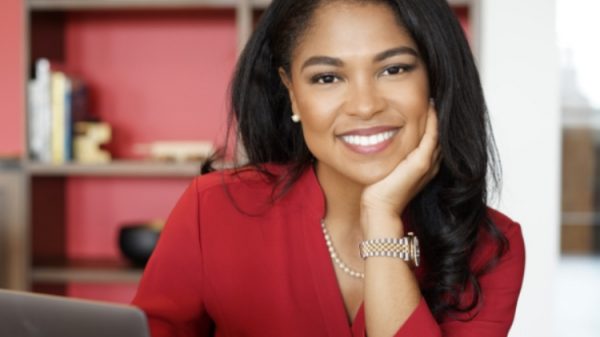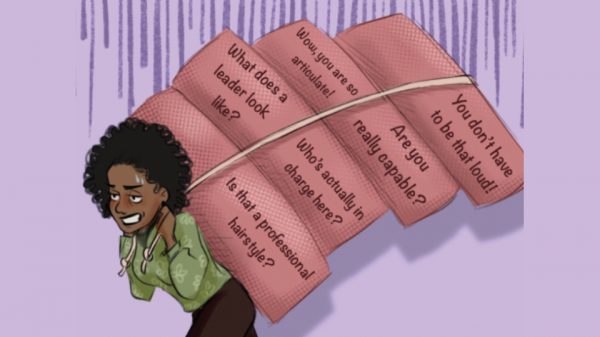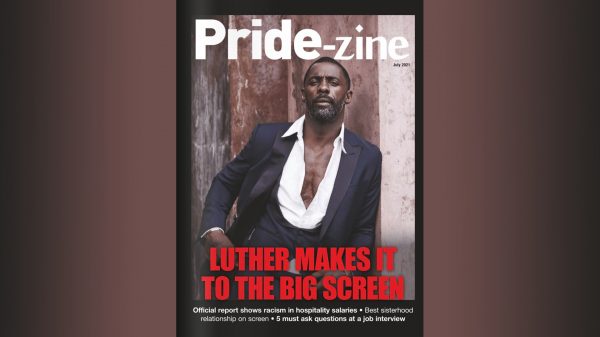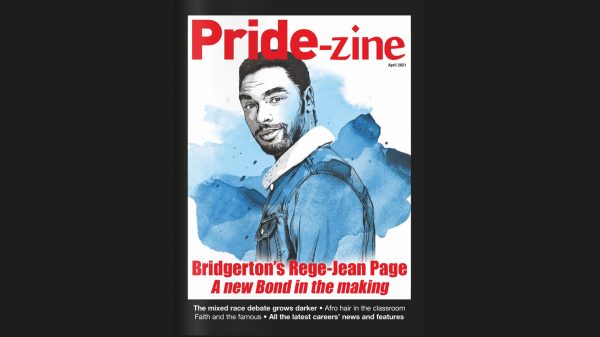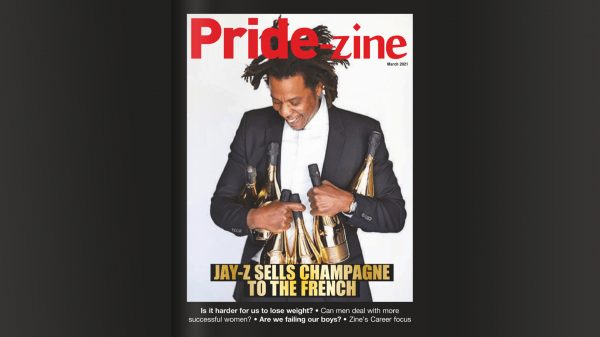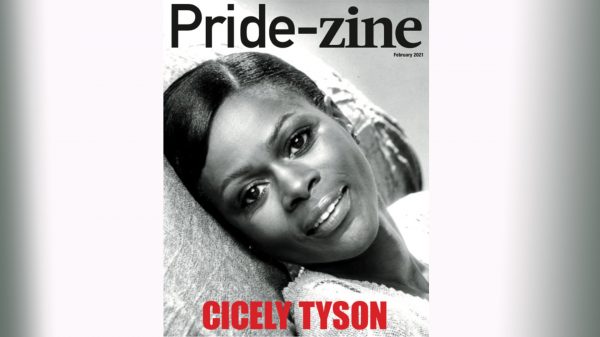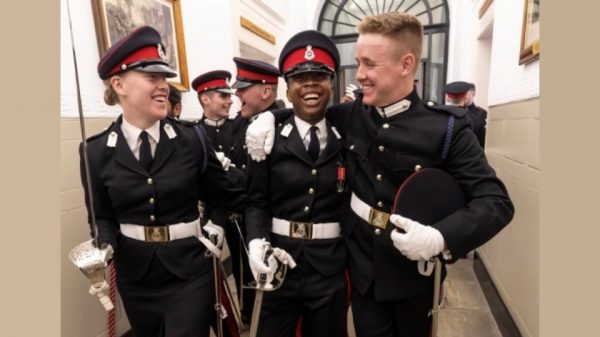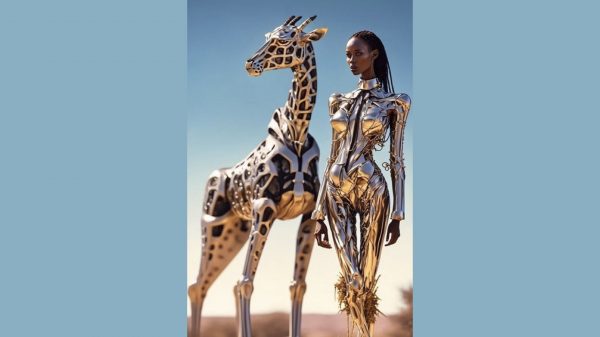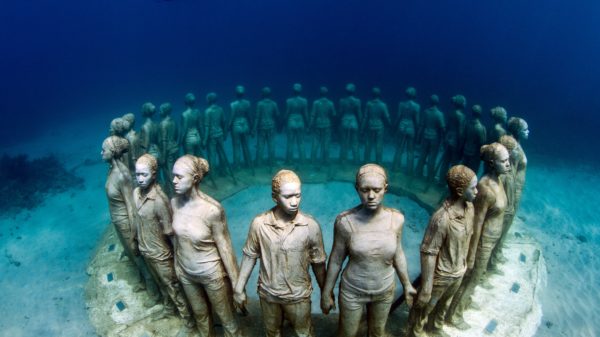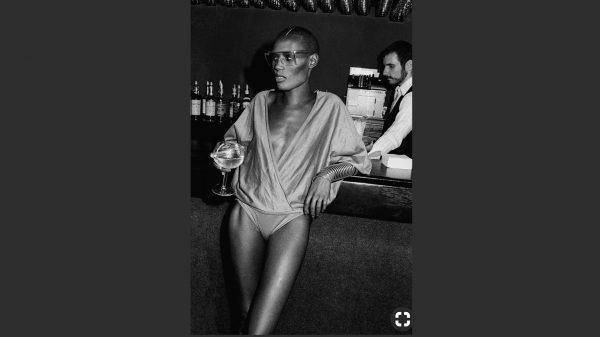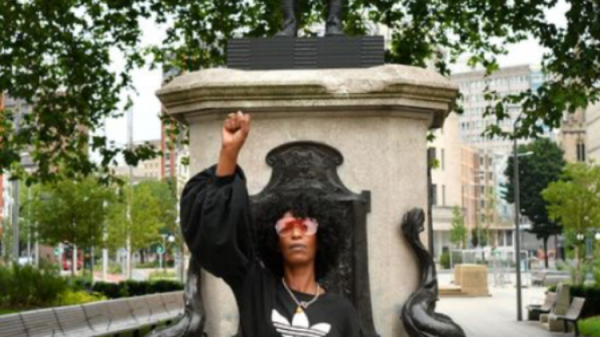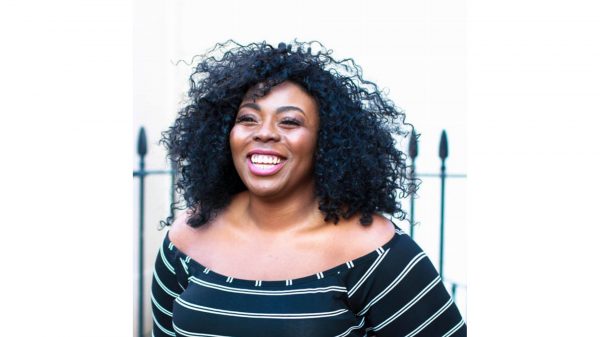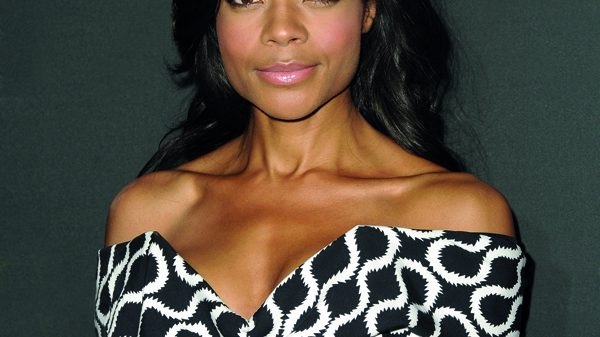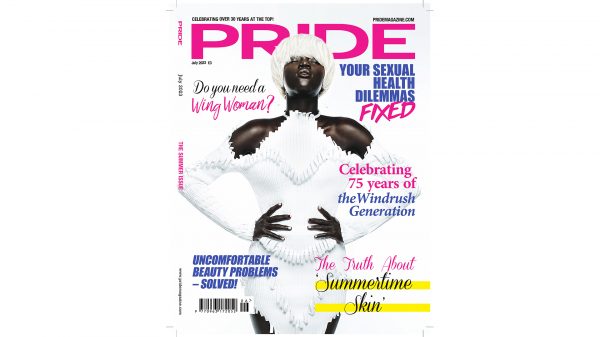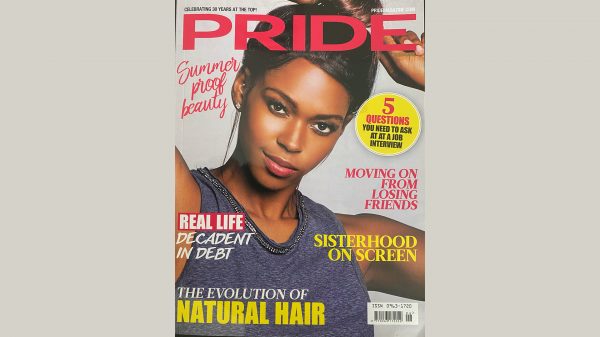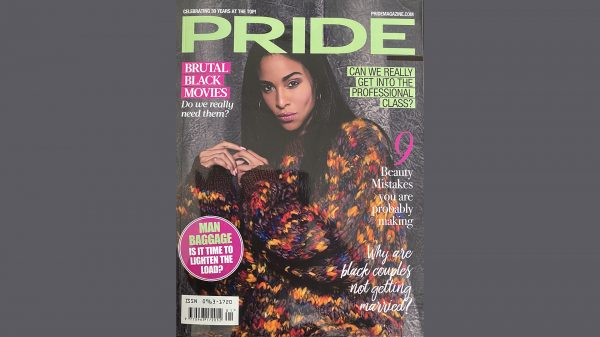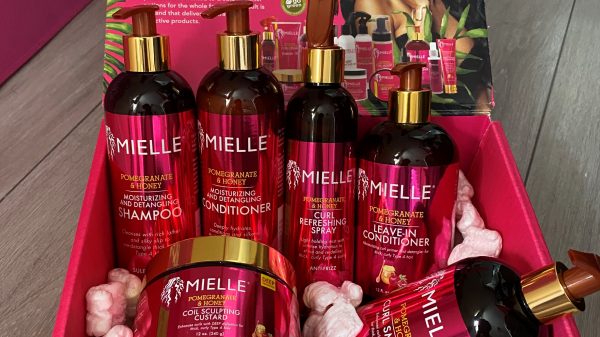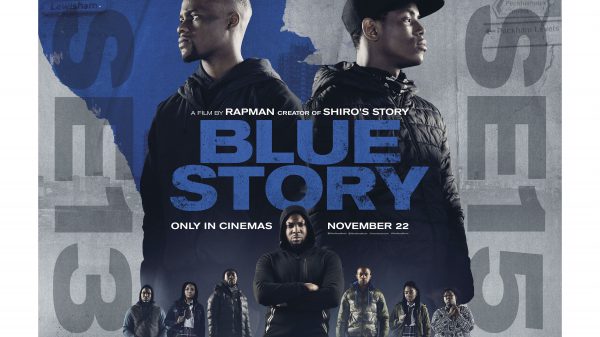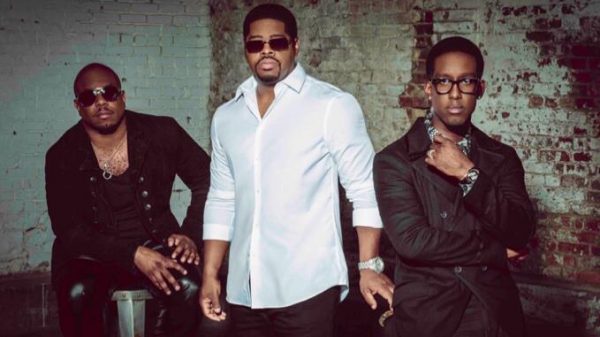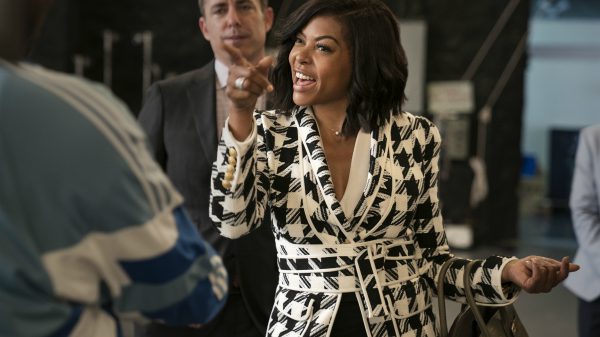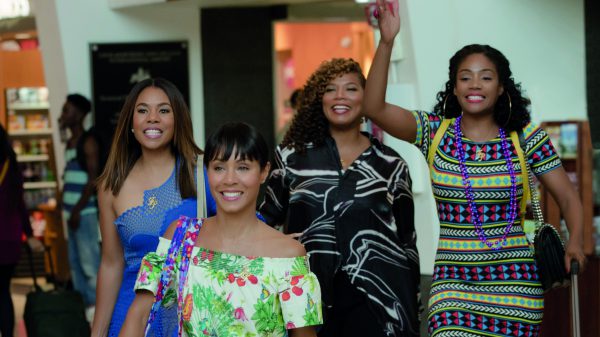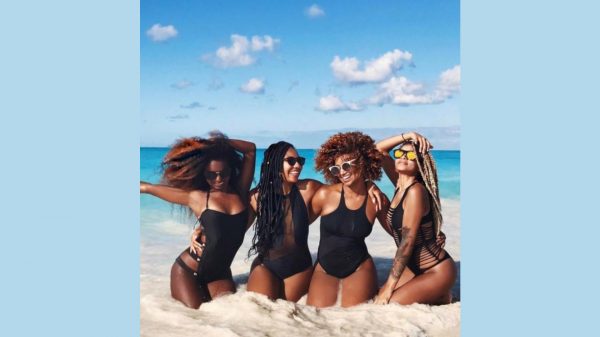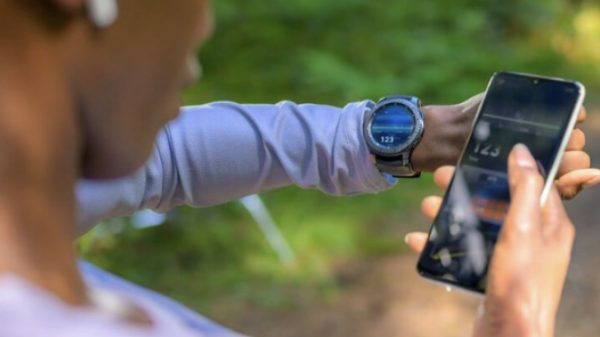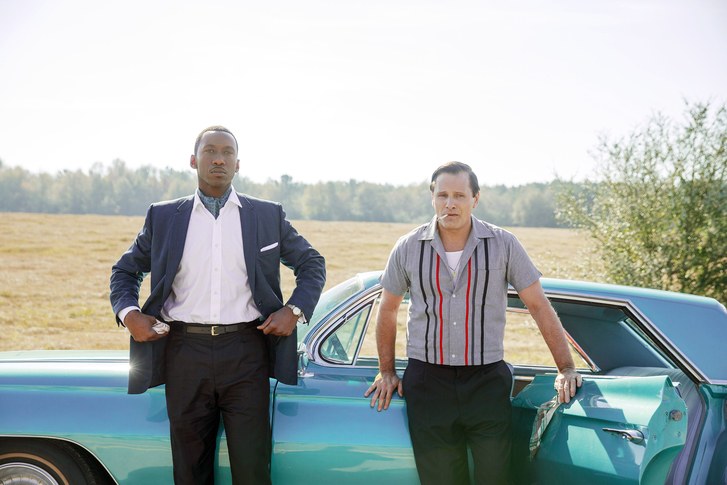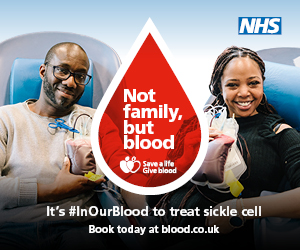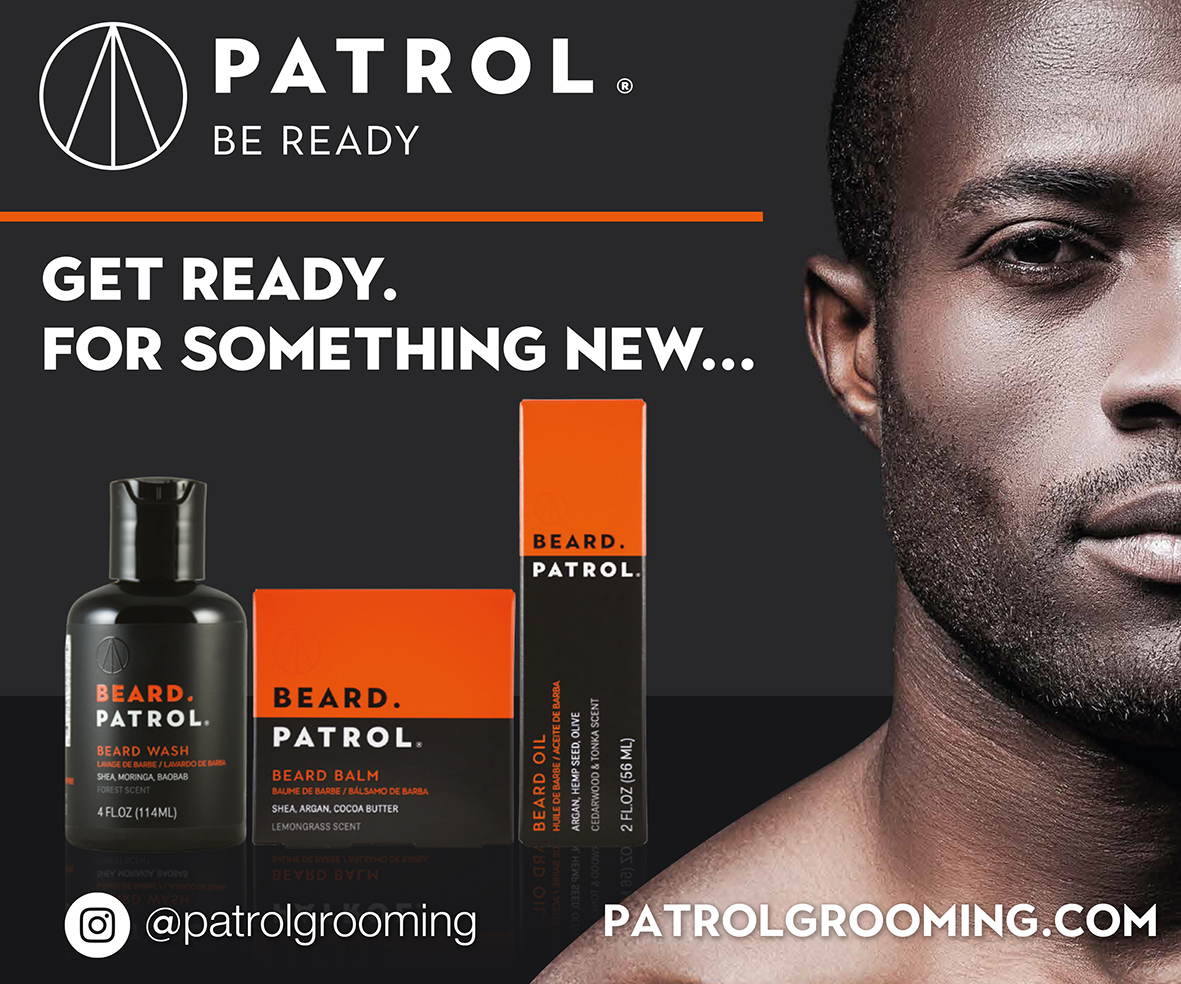With all the recent discussions doubting the existence of White
You may have heard the term ‘white saviour’ bubbling around in social discussions more than usual in recent months. According to the Urban Dictionary, a ‘white saviour’ refers to western people going in to ‘fix’ the problems of struggling nations or people of colour, without understanding their history, needs, or the region’s current state of affairs.
The white saviour narrative as seen in movies usually portrays the tired stereotype that people of colour need white people to save the day. These types of movies are also more likely to be highly acclaimed and receive the most prestigious awards. For example, Sandra Bullock gained her first Academy Award for The Blind Side, where her character felt it her duty to take in impoverished teenager Michael Oher, a black man and ‘save’ him from an inevitable life of crime and poverty. 2011 film The Help told the story of the hardships faced by maids in 1960s Mississippi – but places the bulk of the storyline with a young white woman, Skeeter (Emma Stone) who publishes the black women’s stories and brings them to light. Octavia Spencer scooped an Oscar for Best Supporting Actress for her portrayal of maid Minny, while the film was nominated for Best Picture.
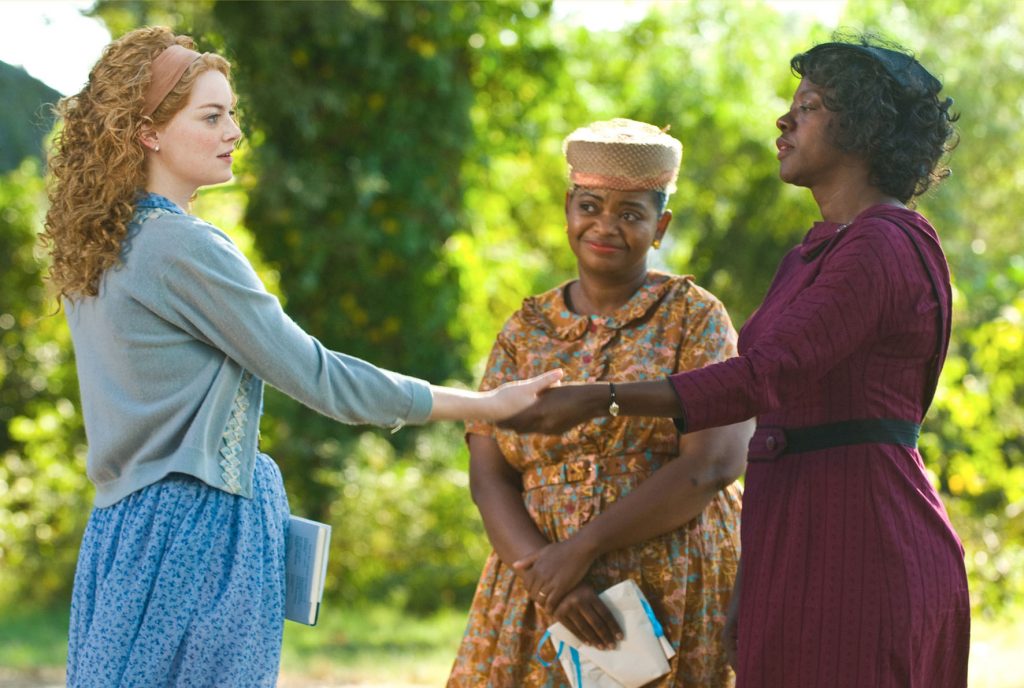
More recently, Green Book won the 2019 Academy Award for Best Picture. Based on a true story, it shows African-American virtuoso pianist Dr Don Shirley (Mahershala Ali) and his white chauffeur Tony Lip (Viggo Mortensen) as they drive through the Deep South during the 1960s. Though it had some moments of redemptive humour, this movie also enforced the white saviour narrative by transforming racism into something that is solved simply, while letting Lip come to Shirley’s rescue on multiple occasions. Despite having moments of clear prejudice, Lip ‘wasn’t as bad’ as other racists – absolving him of his racial shortcomings. These movies undoubtedly have endearing moments that pull on heartstrings but their popularity and critical success
Green Book’s awards season success was controversial for a number of reasons, including the lack of consultation with Dr Don Shirley’s real-life family while creating the story. However, the film also became a talking topic as Ali was categorised in the ‘Supporting Actor’ role, whereas Mortensen, who played driver Tony Lip, was nominated in ‘Leading Actor’ categories. Through this alone, it’s clear that the black character was not the central figure in a story that should have been about him – and it’s an example of how white people in ‘diverse’ films are ultimately the sympathetic hero, while the black character ends up a prop.
However, the case of the white saviour is not just a popular device in the entertainment we consume. The more recent white saviour conversation has focused on charities such as Comic Relief. In late February, politician David Lammy called out filmmaker Stacey Dooley for posting a picture with a Ugandan orphan, while filming there for the biannual fundraiser. Dooley captioned the photo: ‘Obsessed’, which many felt was uncomfortably similar to the way one might comment on an accessory, rather than a human being. In his response, Lammy said that she was ‘perpetuating a harmful narrative’, which sparked a days-long public debate about what problems of white people taking pictures of vulnerable African children is. The issue that people fail to understand is that these optics further generalise people’s perspective of Africa as a continent in dire need of white people to save its people.
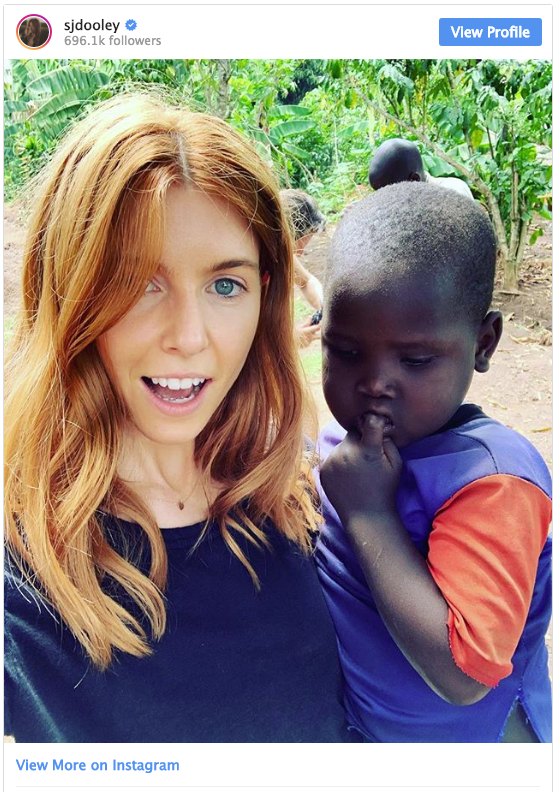
What makes this example of White Saviourism even more unsavoury is that volunteers and aid workers would never act the same way at home: imagine going to a playground in the Home Counties, taking a picture with a child then proceeding to write a caption about how miserable their life is. Bizarre, right? In many UK cases, it is forbidden to take pictures with the vulnerable without proper consent; this standard should apply in the case of African children too.
Discussing the argument of white saviours isn’t dismissing the work of Comic Relief or any charitable organisation that provides life-saving aid or does life-saving work in possibly dangerous circumstances – but merely saying it’s about time to move on. By listening to the black people who are in these situations and learning how to genuinely help, while changing the approach to charitable giving without trying to play the hero. Black stories and truths can exist separate from white experiences.
This can also be true in the world of film – releases such as Sorry to Bother You, Blindspotting, The Hate U Give and If Beale Street Could Talk displayed progressive narratives on racial experiences, while allowing black directors, writers and producers tell their own stories, meaning the topic of injustice and discrimination were smarter and discussed more formally. Black Panther depicted an African country that hadn’t ever been colonised. Seeing the land of Wakanda thrive, and what blackness completely separate from white intervention might look like brought awareness to structural injustice dressed up as a Marvel superhero movie.
However, this doesn’t mean that white people can’t be instrumental in helping these stories come to light in a better way. Brad Pitt’s production company, Plan B Entertainment, has served as a platform for black movies and black directors to tell their own stories, including 12 Years a Slave, Selma, Moonlight.
When the story is not about you, and your feelings, it’s important to step aside and let the people at the centre have their moment, while you watch from the sidelines. White people can’t save the world by going in and telling black people’s stories for them; just as people whose gender identity matches with their biological sex should not step in and speak for transgender experiences, for example. It’s time to move aside and allow people at the centre of these stories to let their own voices be heard – whether it receives a white co-sign or not.


